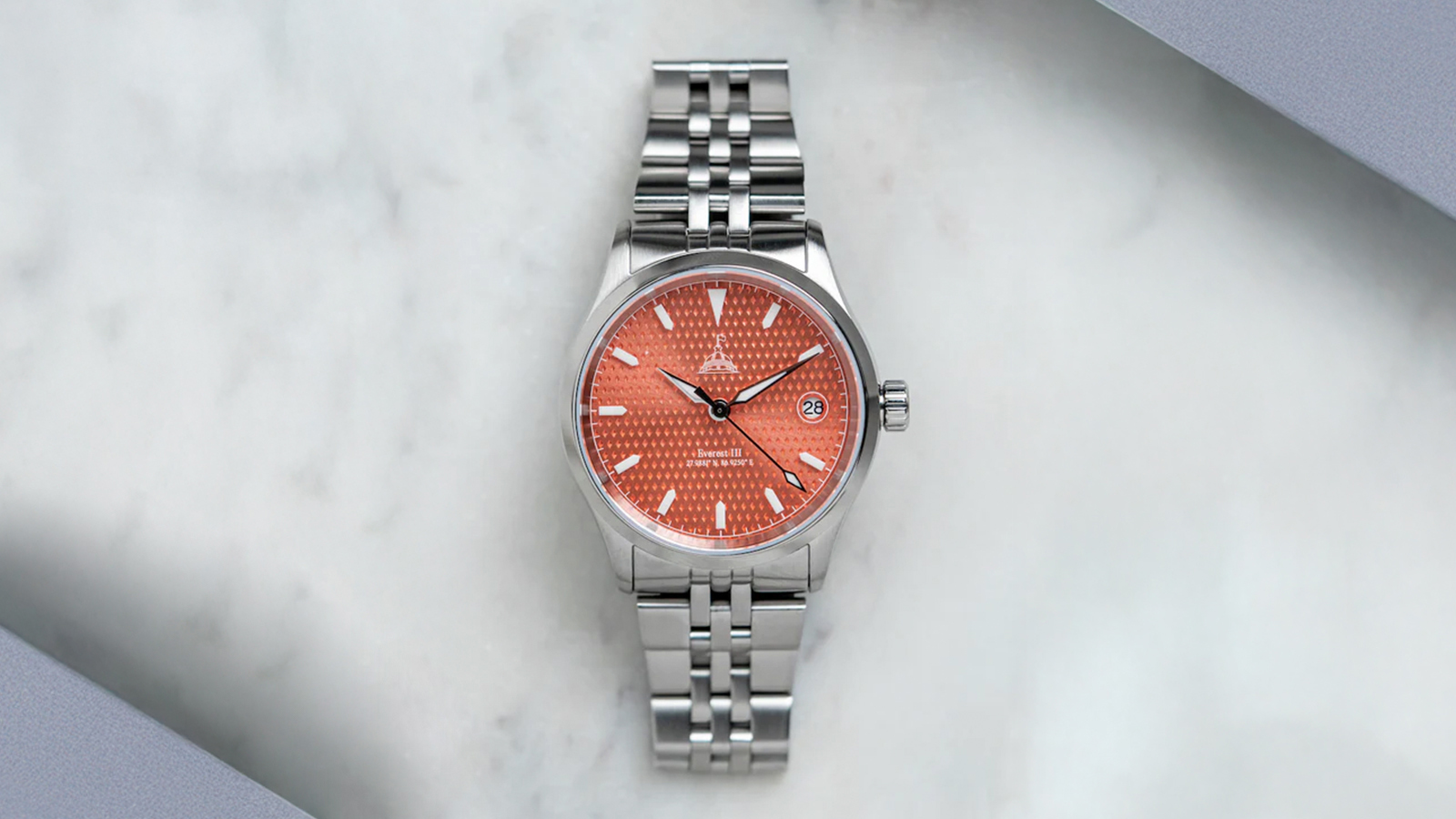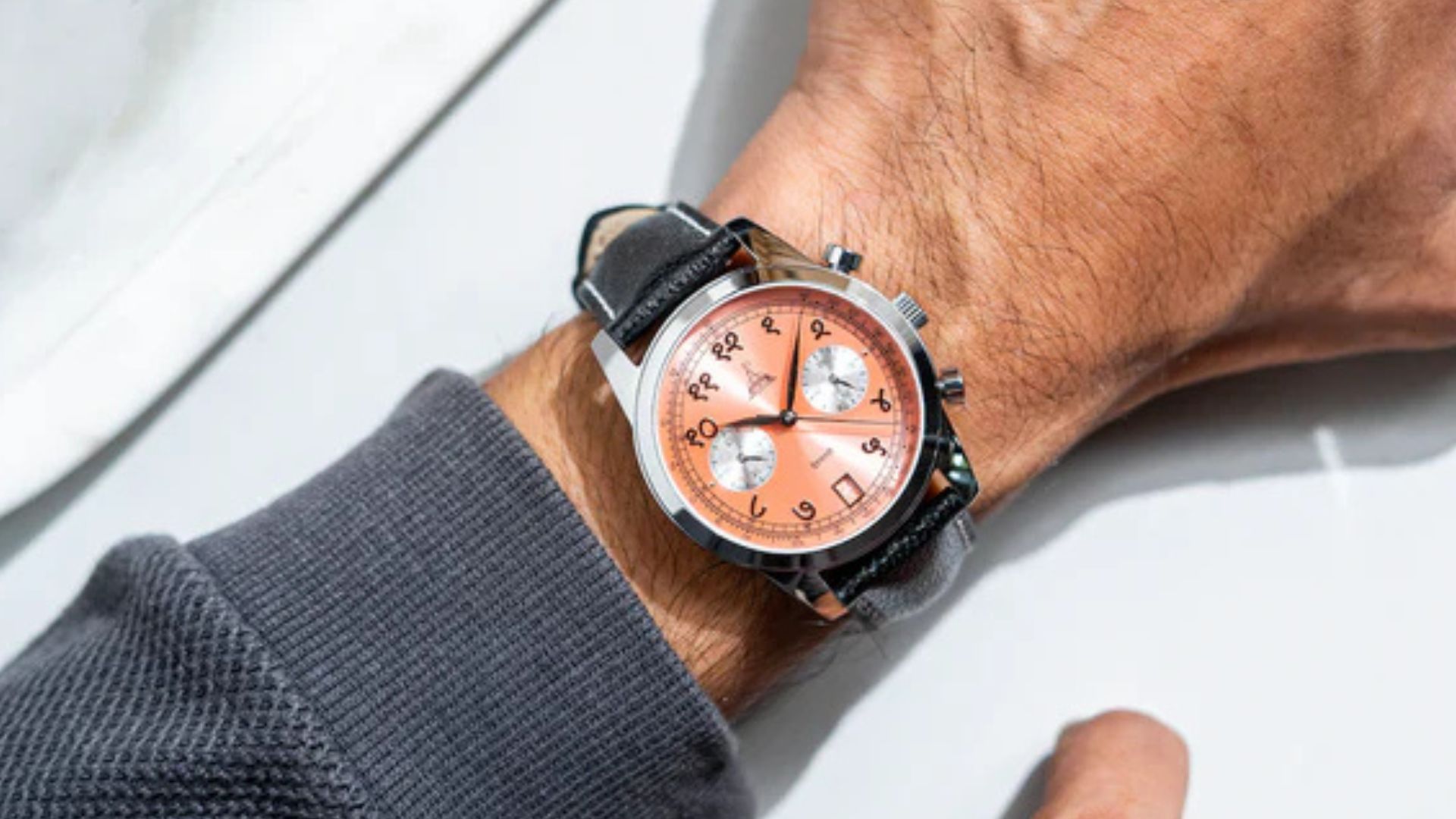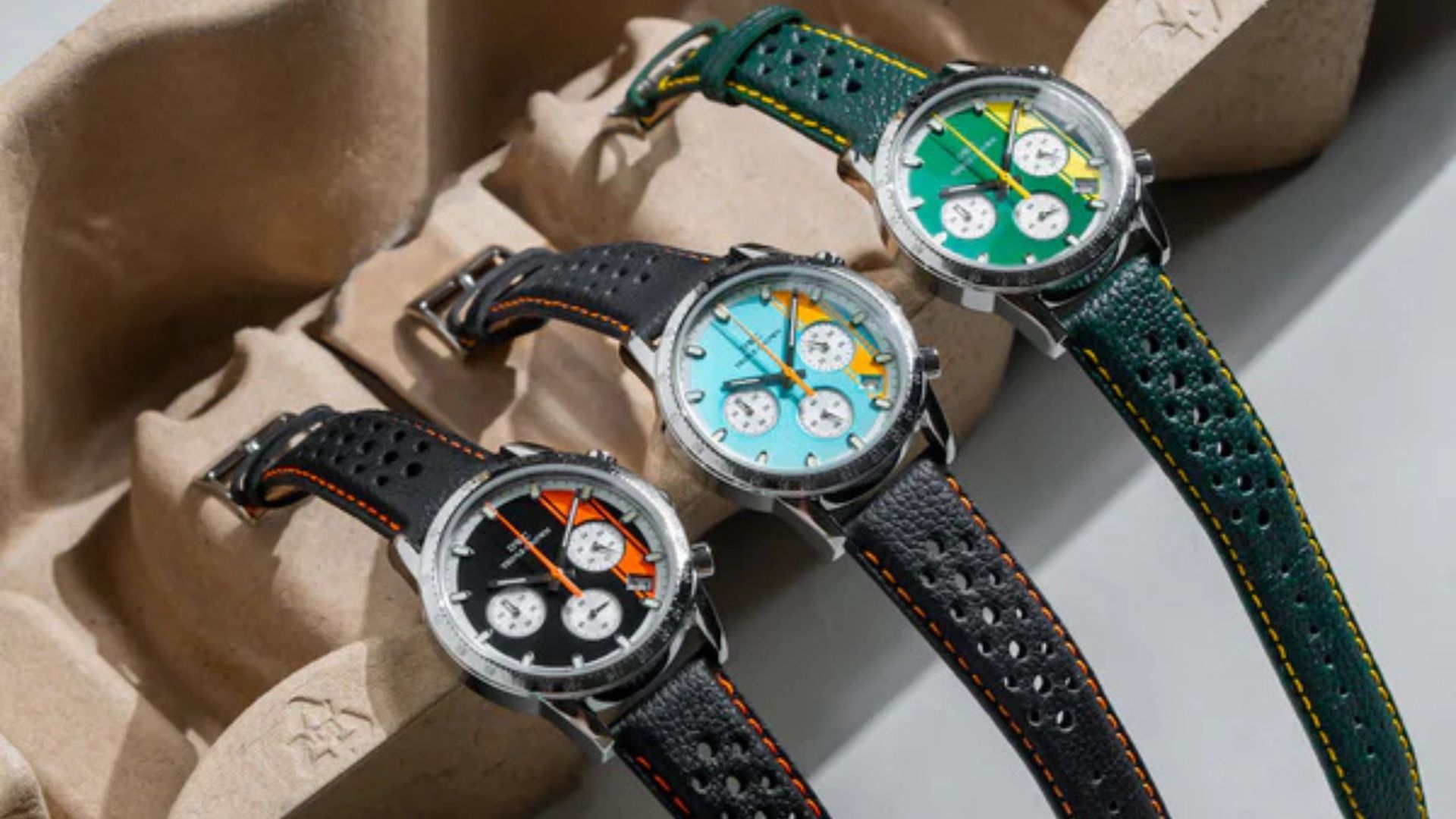Independence Day Tribute: Exploring the Rich Legacy of Indian Numerals in Watchmaking
.jpeg)

The world of watchmaking is a treasure trove of intricate details, each component carrying its unique history and significance. Among these essential elements are watch numerals, crucial for reading time accurately. The origin of these numerals can be traced back to ancient India; the country’s remarkable mathematical legacy laid the foundation for the numeral system that is now widely used in watches across the globe.
Origins of Indian Numerals and Their Journey Westward
Around 400 AD, Indian numerals, also known as Hindu-Arabic numerals, evolved into the decimal, positional numbers that we recognise today. An important milestone was recorded in 628 AD; it is said that Indian mathematician and astronomer Brahmagupta introduced the concept of zero, revolutionising calculations and providing the numeral system with unprecedented efficiency. According to historians, the Hindu numerals then began their westward journey along the Silk Road, spreading through trade routes and cultural interactions, particularly in the Arab world.
The Influence of Indian Numerals on Arab Regions and Europe
It is said that the spread of Indian numerals across the Arab world had a profound impact on the development of numerical systems. Scholars, such as Al-Khwarizmi and Al-Kindi, played vital roles in disseminating the numerals, leading to the emergence of two distinct styles – the Western Arabic Numerals (0,1,2,3,4,5,6,7,8,9) and the Eastern Arabic Numerals (٠ ١ ٢ ٣ ٤ ٥ ٦ ٧ ٨ ٩). Needless to say, the Western Arabic Numerals gained popularity in Europe, thanks to the Arab world’s geographical proximity to Medieval Europe. Latin translations of Al-Khwarizmi's works introduced the term "algorithm" and contributed to the eventual dominance of Western Arabic Numerals over Roman numerals in Europe by the mid-16th century.

Regarding the earliest use of Arabic numerals on wristwatches, it is challenging to identify a single timepiece as the absolute first as many early wristwatches incorporated such numerals in their designs. However, development and popularisation of wristwatches with Arabic numerals can be traced back to the late 19th and early 20th centuries. In time, Arabic numerals on wristwatches became increasingly prevalent due to their legibility and contemporary aesthetic appeal. Numerous watch manufacturers embraced Arabic numerals in their designs, and they continue to be a favoured option for watch dials even now.
Breguet Numerals – A Distinctive Artistic Flair
Insofar as Arabic numerals are concerned, it is important to mention how Breguet numerals hold a special place. They were introduced around 1790 by watchmaker Abraham-Louis Breguet. These numerals represent an impressive fusion of cultural influences as they draw inspiration not only from Breguet's own cursive handwriting, but also from the rich numerical heritage rooted in India.

Breguet numerals appeared before the French Revolution, accompanied by tiny stars, denoting the minutes and stylised fleur-de-lys at five-minute intervals on a watch dial. By 1790, they had evolved into their definitive and recognisable forms. These numerals are still employed in modern watches, especially on timepieces featuring enamel dials. The legibility of Breguet numerals has withstood the test of time, adorning the dials of prestigious brands like Patek Philippe, Seiko, and, of course, Breguet, for over two centuries. This journey from their Indian roots to their enduring presence in horology showcases the remarkable interplay of cultures and the lasting impact of craftsmanship.
The Resurgence of Eastern Arabic Numerals in Modern Watchmaking
While Western Arabic Numerals became the standard in Europe, Eastern Arabic Numerals have experienced a revival in modern watchmaking in the past decade. Luxury watch brands have embraced these numerals to cater to specific market preferences. For instance, the Rolex Ref. M228206-0025 Platinum Day-Date from 2016 pays homage to earlier Day-Date models with the day displayed in Arabic script, alongside date and hour markers. Similarly, TAG Heuer released the limited-edition TAG Heuer Carrera Middle East timepiece exclusively for the region, featuring Arabic numerals, as part of the 2021 Dubai Watch Week. And the list continues.


This Independence Day, let us also remember India’s invaluable contribution to the world of horology – numerals that have become an integral part of the watches we cherish today. India's mathematical ingenuity has left an indelible mark on timekeeping, shaping the way we perceive and measure time. This intellectual heritage must be honoured. Happy Independence Day!
Image Credits: Respective Brands












.jpg)






